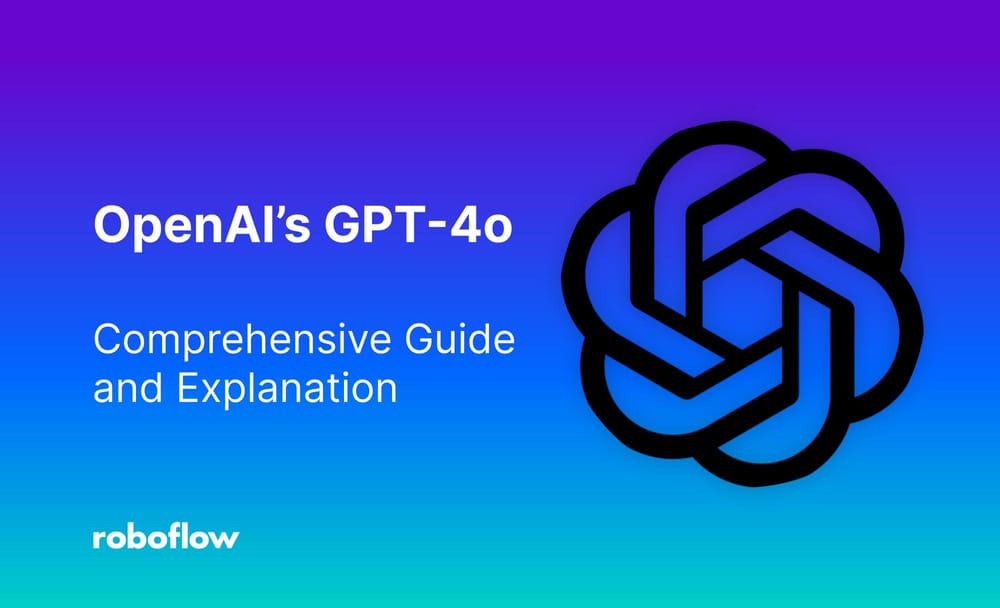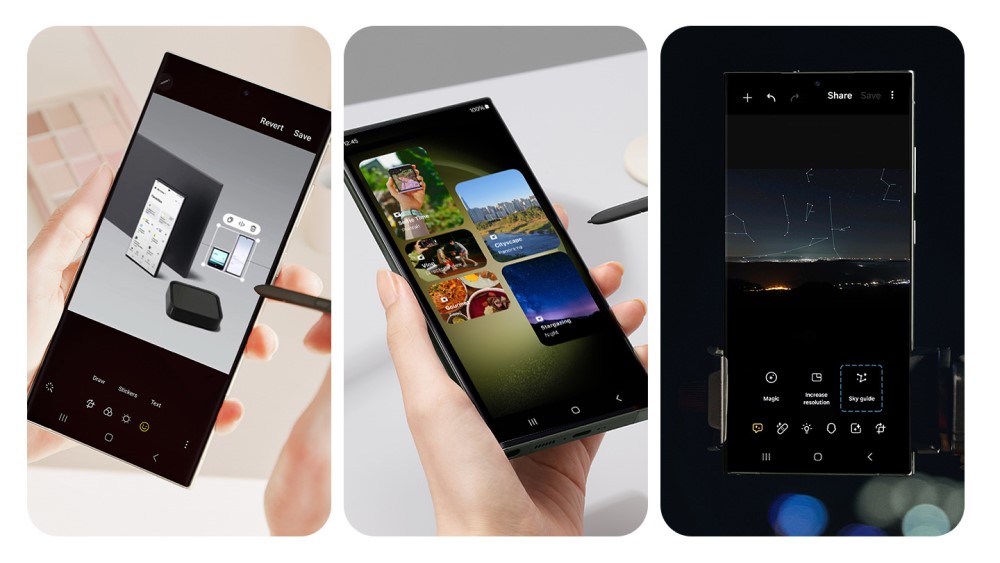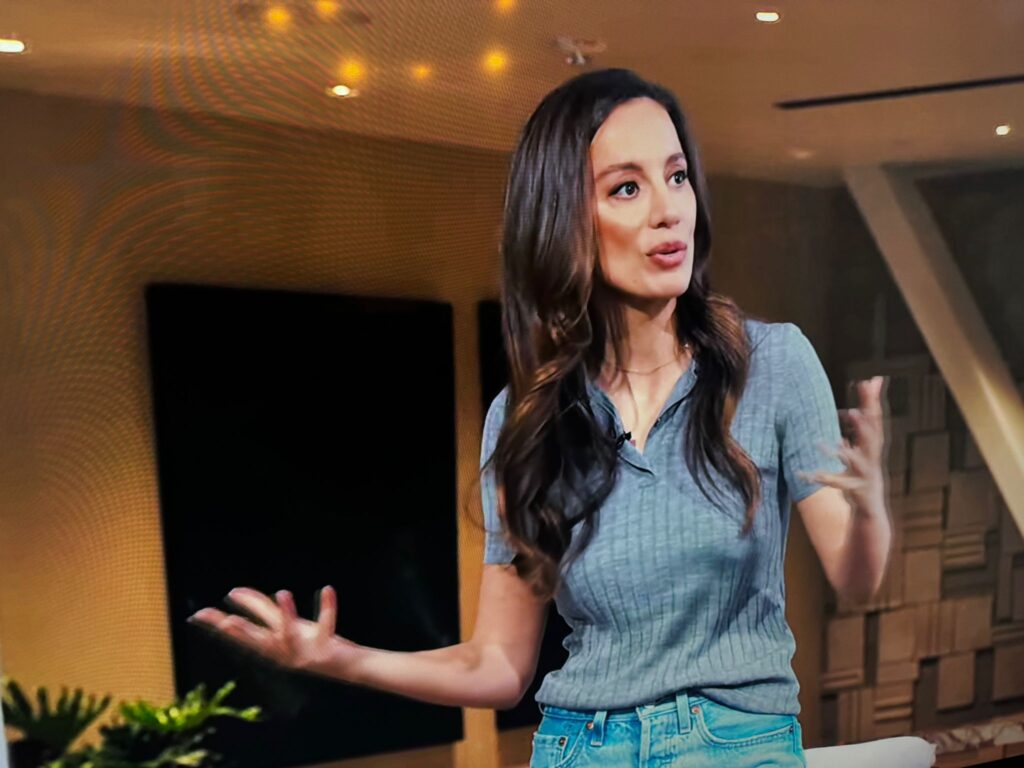With ChatGPT 4, AI cameras can recognize emotions, tables, and more
OpenAI recently unveiled the latest version of its AI model, known as GPT-4o. This new iteration promises significant advancements, particularly in the realm of artificial intelligence.

Enhanced Capabilities of GPT-4o

Unlike its predecessor, GPT-4, the GPT-4o model introduces a multitude of new features. One of the most significant upgrades is the system's ability to reason using voice, text, and vision simultaneously. For instance, GPT-4o can now accurately interpret tone when translating languages, providing a more nuanced and natural communication experience.
During a recent demonstration, Mark Chen showcased how Chat GPT can receive real-time feedback and coaching on his breathing from a remarkably lifelike voice. The AI exhibited seamless conversational abilities, responding promptly and accurately, even adapting to different emotional cues.
Integrating AI Technology with Cameras
One of the standout demonstrations involved utilizing a smartphone camera in conjunction with the AI system. The AI effectively acted as a virtual teacher, assisting in problem-solving tasks and demonstrating the ability to recognize and respond to human emotions accurately. Despite a minor hiccup in distinguishing between a human and a table, the overall performance was impressive.

It's evident that the future of artificial intelligence heavily relies on advancements in smartphone camera technology. The seamless integration of AI models like GPT-4o with camera functionalities opens up a multitude of possibilities for enhanced user experiences and applications.
To watch the full demonstration and explore the potential of AI technology in camera systems, you can view the video here.
Implications of GPT-4o's Release

GPT-4o will soon be accessible through the company's API, allowing developers to leverage AI capabilities in various applications, from call centers to personalized services. However, due to the inherent risks associated with AI technologies, thorough discussions with regulatory bodies and governments are imperative to ensure responsible deployment.
Notably, rumors abound regarding a potential collaboration between OpenAI and Apple, hinting at the integration of AI technology into Apple devices. Such a partnership could position Apple competitively in the AI landscape, bridging the gap with industry leaders and innovators.
As technology continues to evolve, the synergy between AI models like GPT-4o and camera devices will undoubtedly shape the future of innovation and user experiences, revolutionizing how we interact with technology on a daily basis.




















